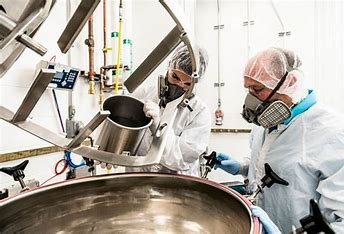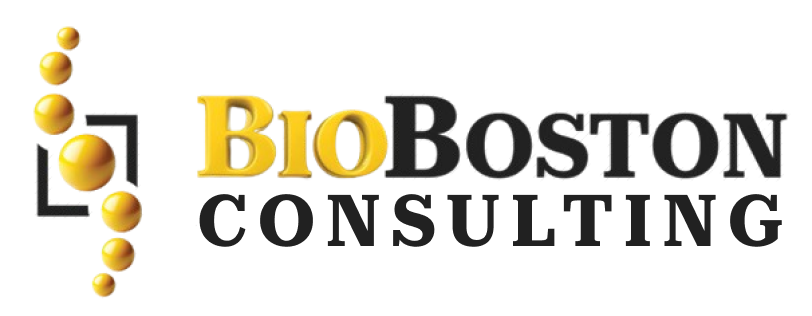Explore FDA 21 CFR Part 211 Subpart C and its role in pharmaceutical manufacturing. Learn about building requirements, sanitation, waste management, and contamination control to ensure the safety and quality of medicines.
The pharmaceutical industry is an essential part of the healthcare ecosystem, manufacturing safe and effective medicines that enhance patients quality of life. To keep up with quality, safety and efficacy standards in the best way possible, regulators have some set of guidelines/regulations for pharma manufacturers. An example of this regulation is also Part 211 Subpart C, which deals with the buildings and facilities within pharmaceutical manufacturing plants.
cGMP (Current Good Manufacturing Practice)
In order to assure the quality, safety and effectiveness of their products, pharmaceutical manufacturers must comply with requirements established in Part 211, current good manufacturing practice for finished pharmaceuticals. To receive and keep a manufacturing license it is necessary to comply with the cGMP regulations.
Finished Pharmaceuticals
Specifically focused on in the regulation are Good Manufacturing Practices (GMPs) for finished pharmaceuticals—the end products that must be manufactured to a high standard for distribution to and administration by patients. This also consist of tablets, capsules, liquid formulations, injectables, creams and other dosage forms.
Regulation
FDA 21 CFR Part 211 is a set of comprehensive and specific regulations governing pharmaceutical manufacturing including requirements for facilities, equipment, personnel, documentation and quality control. Adhering with these regulations is essential to ensuring consistent quality of product.
Part 211
Subpart: This covers several subparts linked to the different manufacturing practices under Part 211 of the regulation. In this regard, Subpart C deals with the building and facility requirements in pharmaceutical plants.
Subpart C
Subpart C highlights the importance of maintaining adequate sanitation and waste management in pharmaceutical sites. It is a code to provide for the safe and sanitary disposal of sewage trash, and other refuse.
Buildings and Facilities
Pharma manufacturing facilities need to fulfill certain criteria in order to produce quality and integrity products. The Focus of Subpart C is On Properly Constructed and Maintained Buildings & Facilities for Carrying Out Manufacturing Operations/Activities with Minimal Risk of Contamination
Sewage
Effective sewage management is important so that pathogenic microorganisms will not spread and pollute the manufacturing house. Sewage from the building and its immediate premises shall be disposed of in a safe and sanitary manner per subpart c.
Refuse
The regulation shall also be another notice of the responsible disposal of waste, garbage, and others. Refuse is another factor that needs to be controlled properly, since it can contaminate the area and create unwanted odor or even pests that might affect the quality of pharmaceutical products.
Disposal
Subpart C describes that everyone shall dispose of sewage, trash and other refuse in a safe and sanitary manner. This means using the designated rubbish disposal areas, containers required for medical waste and complying with local environmental legislation.
Sanitary Manner
Cleaning is of utmost importance in pharmaceutical manufacturing to make sure that the products are safe and of high quality. Subpart C makes it clear that the sewage and refuse must be disposed to prevent contamination risk, cross-contamination and controlled so as not to endanger the health of employees at the facility.
Herein Part 211, Subpart C lends prominence to the safety, efficacy and quality of finished pharmaceuticals. Pharma manufacturers need to uphold the highest levels of good manufacturing practices, and compliance with these regulations when it comes to managing buildings and facilities. Following these guidelines will help manufacturers reduce contamination, help protect personnel health and safety, and contribute to the larger effort of providing safe and effective medicines to patients.
Reach BioBoston Consulting today or check out our website to see how we can help you with your regulatory work.


